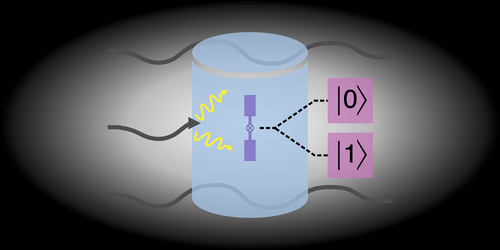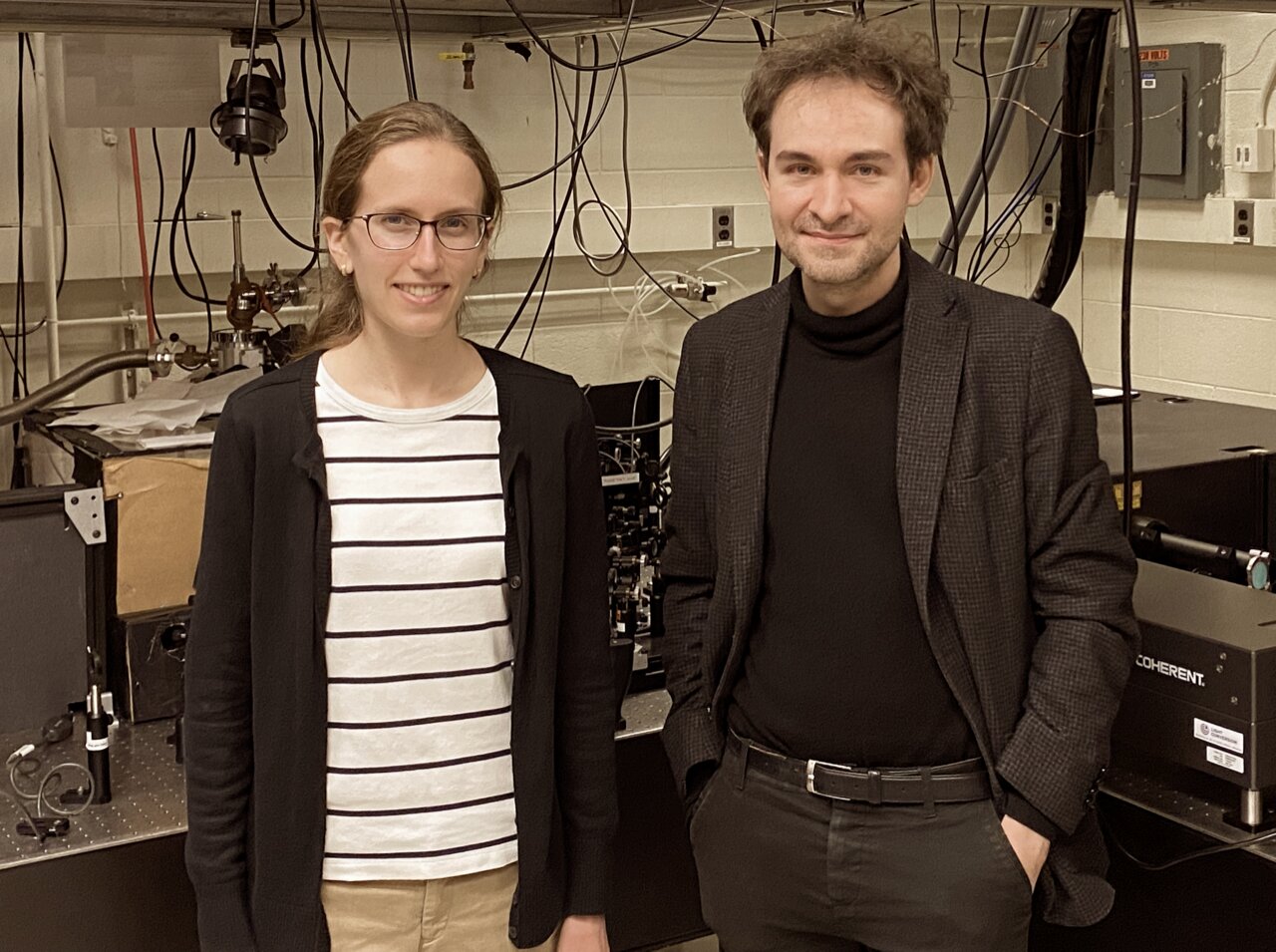At Rensselaer Polytechnic Institute, researchers working at the intersection of materials science, chemical engineering, and physics are uncovering an optical version of Quantum Hall Effect (QHE).
QHE is a difference in mechanical voltage that is created when a two-dimensional semiconductor is placed in a large magnetic field. The magnetic field causes electrons to move in such a way that current no longer flows through the entire semiconductor, only on the edges.
The team has worked about the quantization of excitons which is a promising particle found within transitional metal dichalcogenides (TMDs) that is formed when light hits a semiconductor and a positively charged particle bonds with a negatively charged particle. The strong bond that unites those two particles holds a significant amount of energy.
The researchers focused much of their research on this new frontier, understanding that the exciton has the potential to be harnessed for a multitude of applications, including quantum computing, memory storage, and even solar energy harvesting. They have worked on a process to fabricate extremely clean and high-quality two-dimensional semiconductors out of TMDs, so they can study their intrinsic properties.
They studied the excitons in the presence of a large magnetic field, inducing energy quantization known as Landau quantization—an effect that has previously been difficult to see optically. (Phys.org)
The research has been published in Physical Review X.



